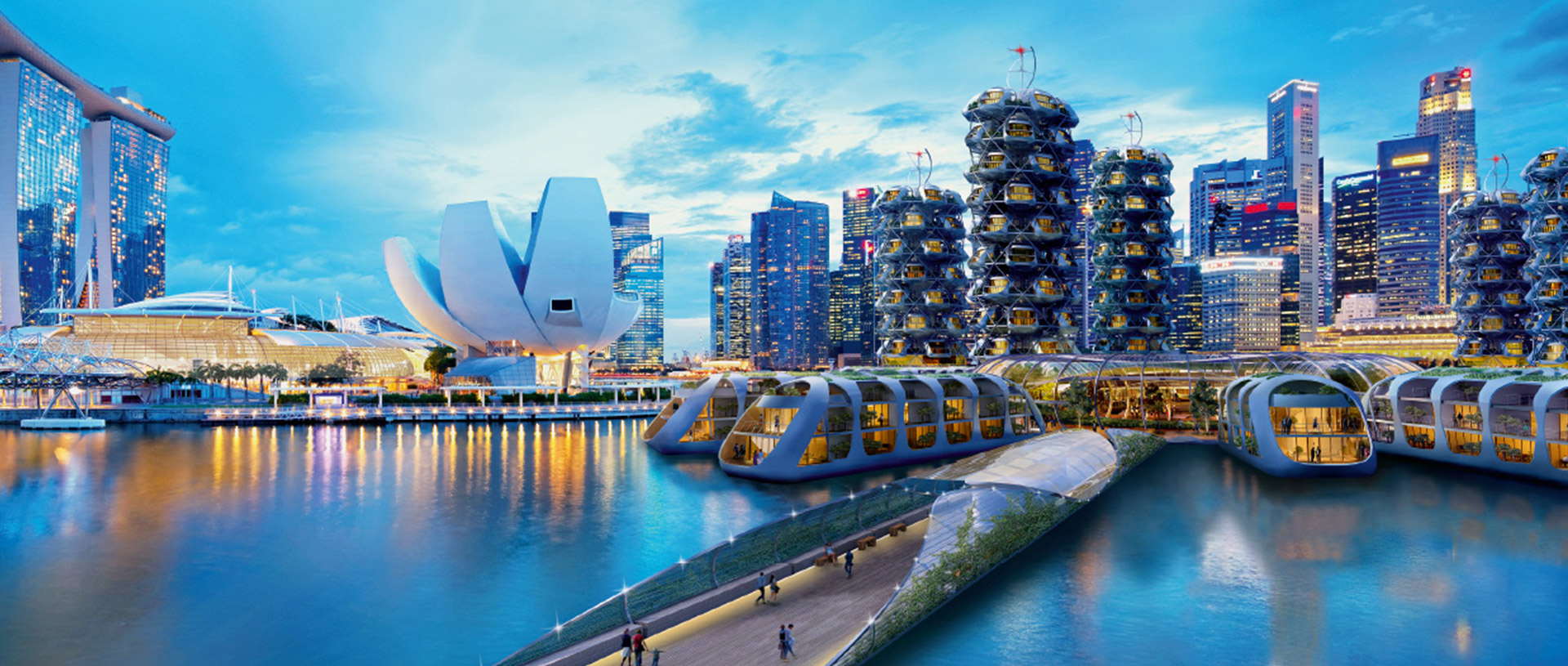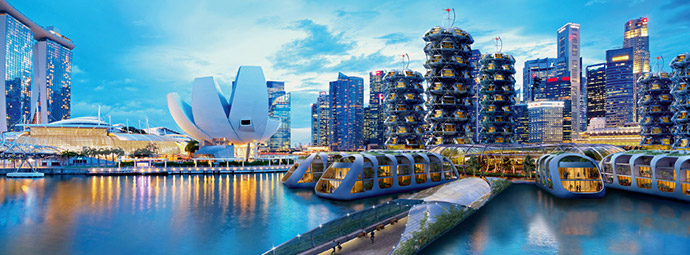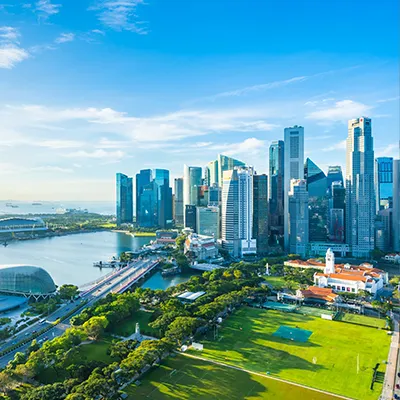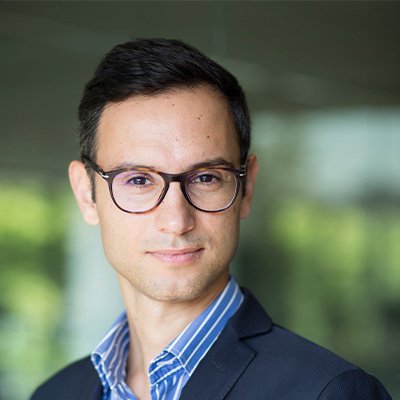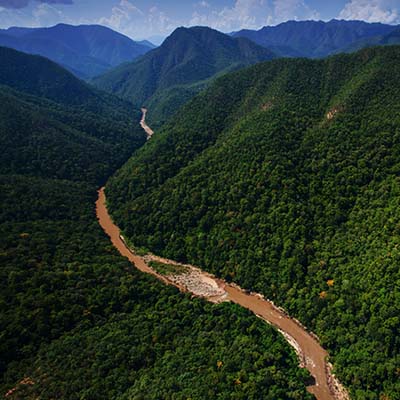Eco-architect and TV host Jason Pomeroy traces Singapore’s ability to stay environmentally and culturally sustainable in the face of rapid development.
Lured by what he perceived as a land of opportunity, UK-born eco-architect Jason Pomeroy first arrived in Singapore in 2008 to establish the Singapore office of UK-founded design firm Broadway Malyan. Faced with the start of the global financial crisis, he found that work was slow to come, but managed to weather the downturn.
“Everyone experienced the cataclysmic effects of the economic meltdown but, thankfully, Singapore was far more robust than many of the countries I had previously worked in,” he says.
The well-travelled architect – who had spent a year and a half each in Amsterdam, Brussels, Bahrain, Malaysia and the UAE – eventually decided to strike out on his own.
In 2012, he set up Pomeroy Studio. Among its catalogue of sustainable projects is Singapore’s first carbon-negative house in Bukit Timah – which generates more energy than it consumes – and a 3,500 sq. m sky garden in the Philippines.
Thinking smart
A decade from when he first set foot on the Little Red Dot, Pomeroy asserts that he has witnessed significant changes in the country – many of which are not bound to its frenetically evolving landscape. “My initial impression of Singapore was that it was a sterile and slightly contrived global city that lacked character and identity. I’m happy to say that this has changed over time. Its burgeoning arts arena is wooing many international artists, while its music scene is also thriving,” he shares.
This increasingly vibrant cultural scene, he says, can be attributed to a more rigorous approach to urban planning – one that views the city as something that’s more than just a financial centre. It’s a topic in which the academic – who has lectured at universities – is well versed. In between designing energy-efficient buildings, he has found the time to create a master plan for a waterfront village in Singapore, as well as host television documentaries. The most recent is an eight-part series on smart cities around the world, which aired on Channel NewsAsia.
“Singapore is embracing the role of technology in enhancing people’s lives. But for all the talk about it being a smart, sustainable city, I think we need to ensure that we do not lose sight of the important role people and culture play in shaping it. I’m heartened to see that there has been a greater push towards thinking about the individual, as opposed to a government-driven, top-down approach,” he shares.
